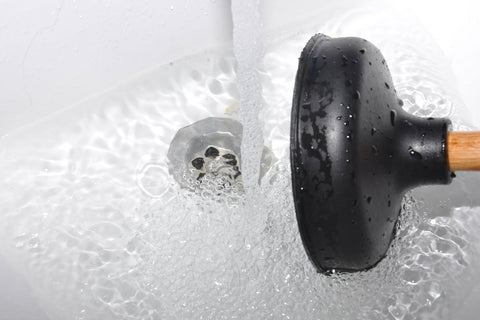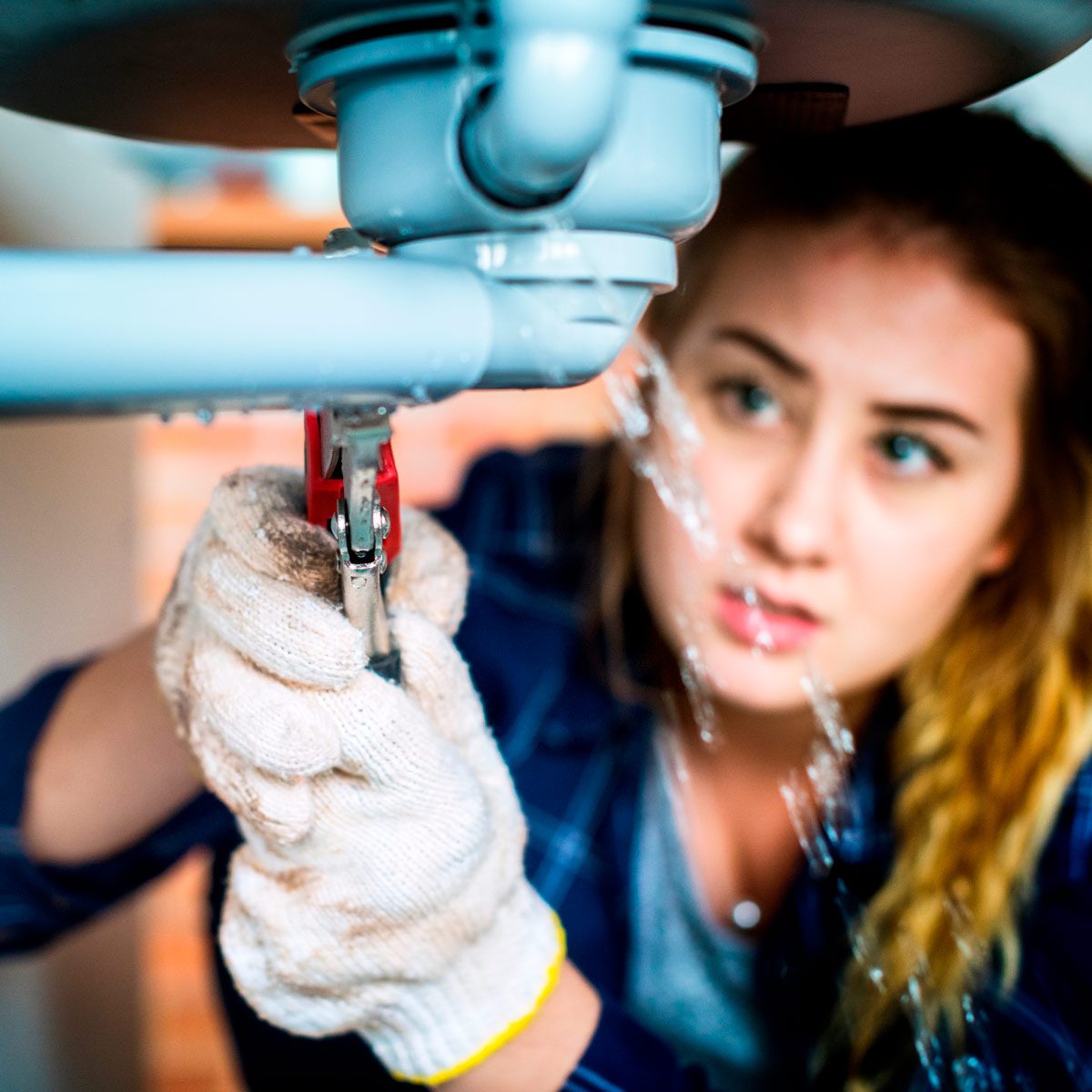Stop Pipe Bursts in Cold Weather: 5 Effective Winterizing Hacks
Stop Pipe Bursts in Cold Weather: 5 Effective Winterizing Hacks
Blog Article
Just about every person is bound to have his or her own opinion on the subject of Prevent Freezing and Bursting Pipes.

All homeowners that stay in warm climates have to do their ideal to winterize their pipes. It is something you need to do throughout fall before deep wintertime genuinely starts. Failure to do so can spell disaster like icy, cracked, or burst pipelines. If the climate outside is terrible, right here are some helpful winterizing hacks to maintain your plumbing system secured even.
Try a Hair Dryer or Heat Weapon
When your pipes are virtually freezing, your trusty hair dryer or warm gun is a blessing. If the hot towels do not aid remove any kind of settling ice in your pipelines, bowling hot air directly right into them may help. However, do not use various other objects that generate straight flames like a strike lantern. This can cause a bigger calamity that you can not regulate. You may wind up destructive your pipes while trying to melt the ice. And also in the long run, you may also wind up shedding your home. Be cautious!
Open Up Cupboard Doors Hiding Plumbing
When it's cold outside, it would be valuable to open up closet doors that are camouflaging your pipes. Doing this small method can maintain your pipelines cozy and limit the potentially hazardous outcomes of freezing temperature levels.
Take Time to Cover Exposed Piping
One simple and awesome hack to warm up frigid pipelines is to wrap them with cozy towels. You can cover them initially with towels. After protecting them in place, you can put boiling water on the towels. Do it slowly to let the towels take in the fluid. You can also utilize pre-soaked towels in hot water, just don't fail to remember to put on safety gloves to safeguard your hands from the warm.
Turn On the Faucets
When the temperature drops and it seems as if the icy temperature will last, it will help to turn on your water both indoors as well as outdoors. This will keep the water flowing via your plumbing systems. You'll finish up squandering gallons of water this means.
Shut Off Water When Pipelines are Frozen
If you see that your pipes are totally icy or almost nearing that phase, turn off the primary water valve quickly. You will usually discover this in your cellar or utility room near the heating unit or the front wall surface closest to the street. Turn it off immediately to prevent further damage.
With even more water, more ice will load up, which will ultimately lead to break pipes. If you are unclear regarding the state of your pipes this winter season, it is best to call a professional plumber for an examination.
All property owners who live in pleasant climates must do their ideal to winterize their pipelines. Failing to do so can spell disaster like icy, cracked, or burst pipes. If the warm towels do not help dislodge any type of clearing up ice in your pipelines, bowling warm air straight right into them might help. Turn off the main water valve quickly if you observe that your pipelines are totally icy or nearly nearing that phase. With even more water, more ice will pile up, which will ultimately lead to rupture pipes.
6 Tips For Maintaining Your Garden Plumbing During Winter Months
Detect minor damage
Plumbing is a dynamic system, and every part of it has to work correctly in order for the whole thing to function. That is why the minor damage has to be detected on time. If not, it can quickly emerge as a big problem and star leaking severely which can cause harm to your crops, flowers or even just garden furniture.
What would you do in case of a plumbing disaster?
If your garden plumbing system fails, what would you do and where would you go? In case you come home and notice a significant leaking, the first thing you should do is to reach the main valve for water supply. If the place is hard to grasp, use tools to protect yourself.
Teach DIY solutions
Some tools, some patience and some knowledge, can significantly help you deal with minor plumbing problems. Not only will you be more informed and independent, but you will also spend less money. There are hundred online tips on DIY plumbing solutions that are easy to follow. With this knowledge, you will be able to fix leaking faucets or clogged drains in your garden. Instead of paying to a local handyman for these little problems, you will invest in your knowledge and skills.
Winter is coming
Homeowners that go through extreme winters with low temperatures can often face frozen pipes, cracking and other plumbing problems that appear during winter. Here are some basic tips on what to do in such a situation.
Prevent freezing of your pipes on time
Freezing of outside pipes can affect interior plumbing as well. Before the real low temperatures arrive, ensure all measures of caution. We recommend you to eliminate outside hosepipes and insulate exterior fixtures with special caps. If you worry about standing water, you can easily clean it using compressed air.
What if your hosepipe is already frozen?
The smartest thing to do is not to panic and take action. First, make sure you turn the water supply off. Then, get the hose off the spigot and check the spigot. If ice formed un spigot, then heat it up until it thaws. Also, heat the place where the spigot is connected to your home. This will ensure that the entire pipe is free of ice blockages.

We hope you enjoyed reading our part about Winterizing Your Pipes. Thank you so much for spending some time to browse our post. If you enjoyed reading our blog entry please remember to share it. Thanks so much for going through it.
Visit Our Website Report this page